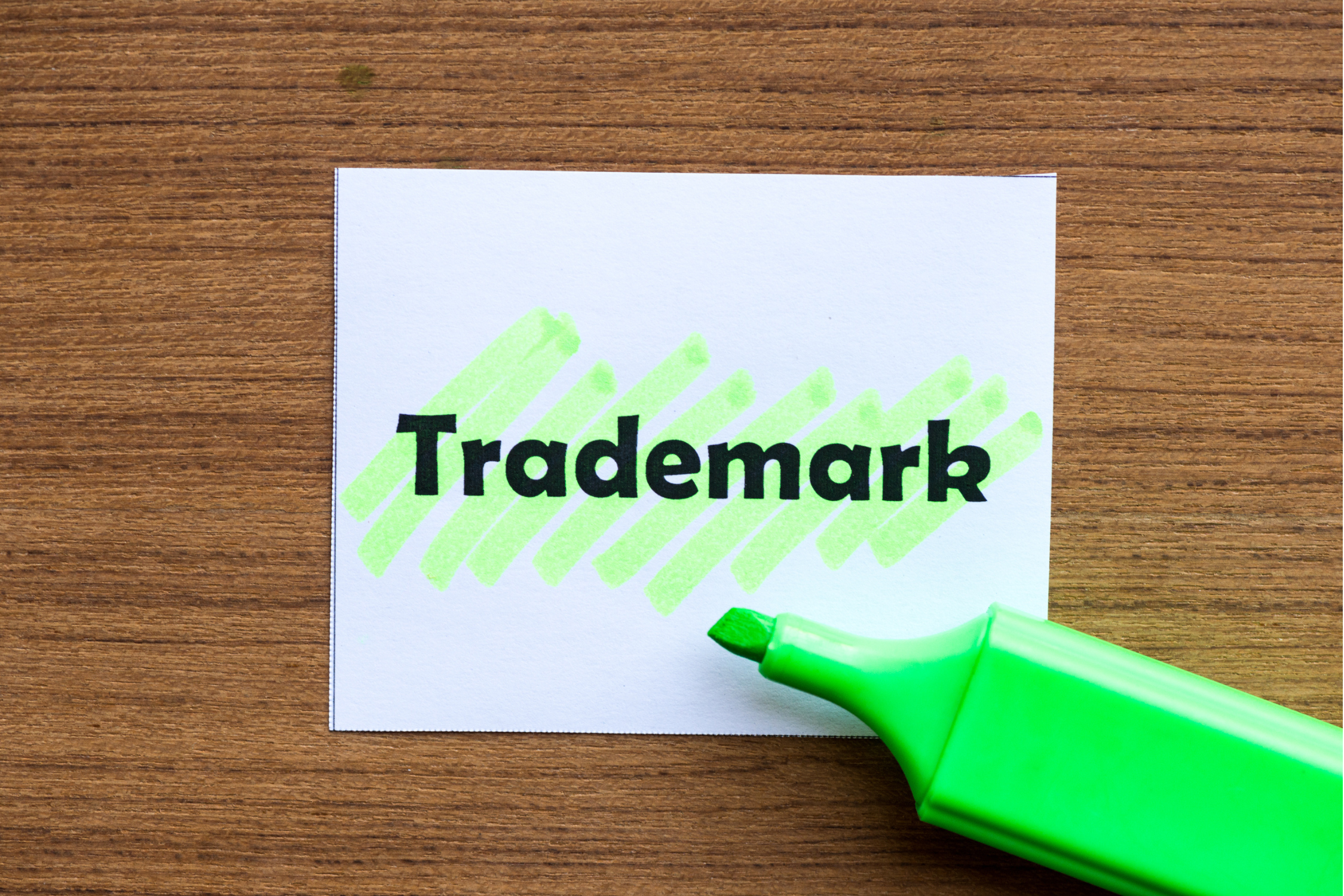According to a study published by WIPO in March 2021, China (68,720 applications) remained the largest applicant for PCT applications, followed by the US (59,230), and Japan (50,520). Unsurprisingly, the IP law firms most active in PCT filings are also coming from China. Among the Top 50 IP law firms representing PCT applications in 2020, 54% originated from China that accounted for a total of 25,727 applications, 23% from Japan that is 11,094 applications, 14% from the US that is 6,437 applications, and 9% from Korea or 4,521 applications.
The data provided by Patent-Pilot present 50 Top IP law firms filing for PCT in 2020 (see the table below). Overall, seven out of ten largest IP law firms for PCT applications originated from China, two from Japan (SAKAI INTERNATIONAL PATENT OFFICE and SHIGA INTERNATIONAL PATENT OFFICE), and only one IP law firm – from the US (FISH & RICHARDSON).
Interesting to note, since 2018 Chinese ESSEN PATENT & LAW FIRM experienced a tremendous 193% increase in the number of PCT filings. It was ranked number one in 2020 and outperformed the Japanese SHIGA INTERNATIONAL PATENT OFFICE which was first in the Top 50 IP law firms in PCT in 2019. As Figure 2 demonstrates, Chinese IP law firms are experiencing a steep growth in the number of filings compared to the other countries.
The recent success of ESSEN PATENT & LAW FIRM is due to the increasing workload coming from its top clients TCL China Star Optoelectronics, Ltd. and Tencent. As expected, Chinese IP law firms represent PCT filings mainly for their domestic clients. For example, SCIHEAD IP GROUP prosecuted applications for Huawei and Oppo Mobile; BEYOND ATTORNEYS AT LAW also represented Oppo Mobile as well as ZTE. As noted by WIPO former Director General Francis Gurry, we are stepping into the “Created in China” future.
Following the WIPO statistics, the US is the second-largest applicant for PCTs. However, the largest US IP law firms represented only a minor portion of PCT filings. In total nine US firms accounted for 6,437 PCT applications. This difference exists due to two factors. First of all, a large number of mid-sized US firms are active in PCTs. Secondly, the position of the corporate IP departments is rather strong in the country. For instance, such large US applicants as General Electric frequently represent themselves, meaning that their patent filings are not handled by external US counsels.
An even stronger trend can be traced in Europe. Even though European patent law firms were not listed among the largest 50 PCT filing representatives, IP departments of the European corporations like Robert Bosch GmbH, Ericsson, or Siemens AG by themselves would make it to the top 50, if included in the list.
As for South Korean firms, they have four listings among the largest 50 PCT representatives which is in line with the country’s position in the WIPO report.
To sum up, if we compare country-wide statistics with the data on the IP law firms for PCT filings, the number of PCT filings represented exclusively by the IP law firms is rather proportional to the number of PCT applications filed by a country.
Further, China and Chinese IP law firms continued to be the largest PCT applicants and PCT filings representatives respectively which goes in line with the long-lasting patent strategy of the Chinese government aimed at encouraging and growing the number of international patent applications.
Lastly, another interesting dynamic can be outlined. Chinese PCT applications in 2020 were mostly represented by the IP law firms, while the US or European PCT filings frequently originated from the corporations’ internal IP departments, resulting in the smaller share of US IP law firms and absence of the European once in the list of largest IP law firms for PCT filings in 2020.








